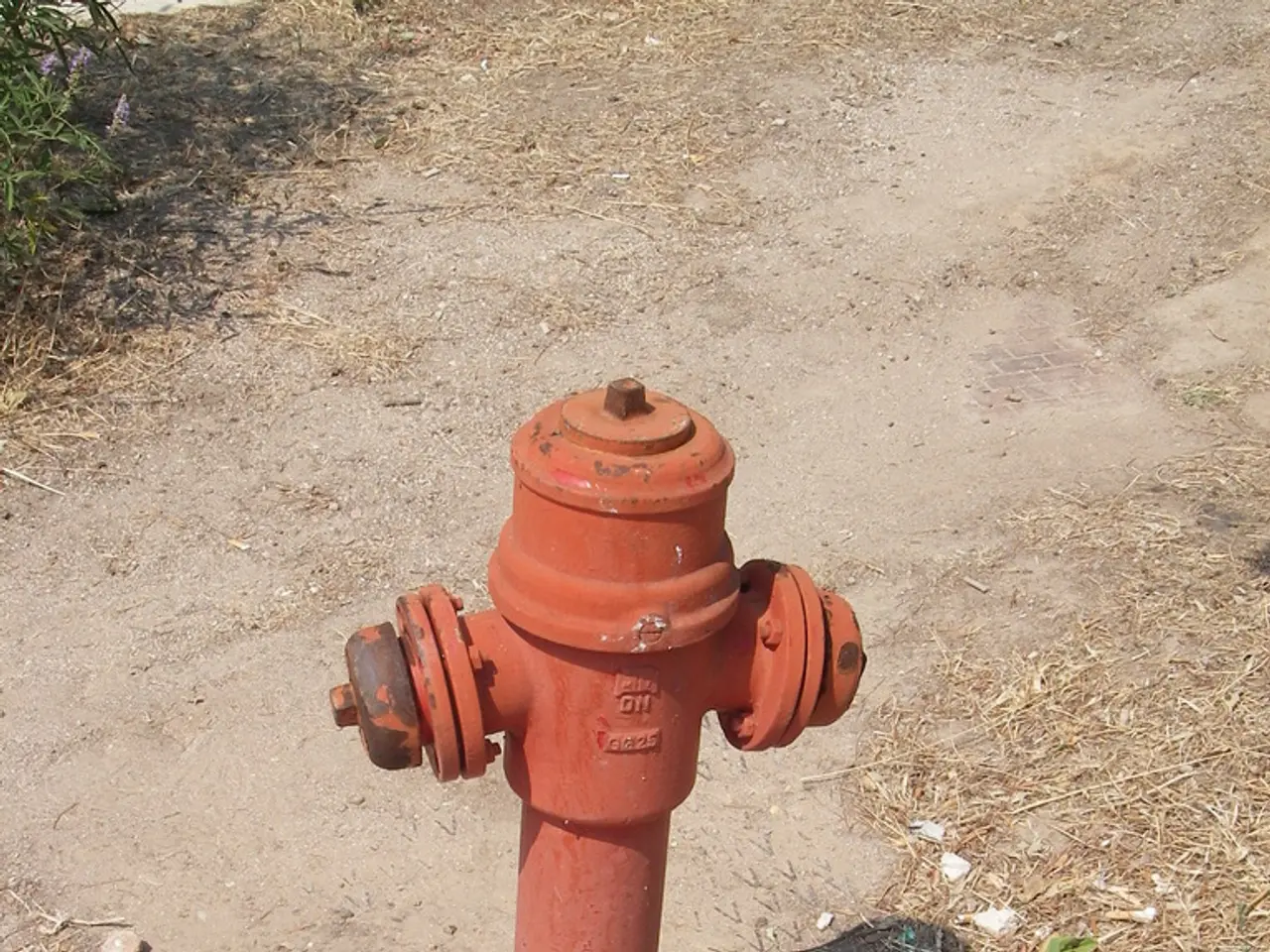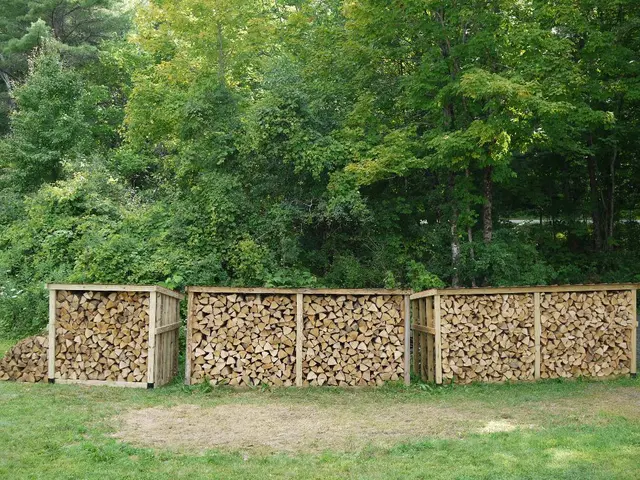Prepare Hydrangeas for Summer Bloom: Fall Care Tips
Fall is the perfect time to prepare hydrangeas for a stunning summer bloom. While some care methods vary by species, there are key steps to ensure these beautiful shrubs flourish in the coming seasons.
Firstly, avoid fertilizing hydrangeas in fall. This can lead to soft, new growth that struggles to survive winter. Instead, wait until spring when buds start to swell. Use a balanced 10-10-10 fertilizer or a rose-specific blend for optimal results. For varieties like 'Early Pink,' a specialized fertilizer high in potassium and phosphorus promotes lush blooms in summer.
Prune hydrangeas lightly in fall to remove dead or rubbing branches. Cut long stems back to healthy buds. Panicle and smooth hydrangeas, which bloom on new wood, should be pruned in spring to prevent winter injury. However, bigleaf and oakleaf hydrangeas, which bloom on old wood, should be pruned as soon as flowers fade.
Mulching is crucial for protecting hydrangea roots. Spread 2 to 3 inches (5-8 cm) of bark, pine straw, or leaf mulch over the root zone, keeping it away from stems to prevent rot. In zones 5 or colder, apply 5 to 6 inches (13-16 cm) of mulch after the ground freezes to lock in warmth. In the coldest zones, wrap hydrangeas in burlap, stake the fabric loosely for airflow, and water them deeply before the ground freezes.
By following these fall care tips, hydrangeas will be well-prepared for winter and ready to bloom beautifully the following summer. Timely pruning, proper fertilization, and adequate mulching are key to ensuring these lovely shrubs thrive in various climates.
Read also:
- Long-Term Prescription Drug Impact on Brain Function
- Benefits, sources, and supplements for Vitamin D and its role in addressing osteoporosis
- Diabetes Management during Pregnancy: Keeping Tabs on Blood Sugar Levels and Lifestyle Adjustments
- Life Expectancy with Interstitial Cystitis: Exploration of Research, Treatment Methods, and Additional Information




